Hi there, pet lovers! 🦐
For pet lovers seeking a unique, fascinating, and incredibly low-maintenance aquatic companion, the Hawaiian Volcano Shrimp (Halocaridina rubra) might just be the perfect choice. These tiny, resilient crustaceans are native to the anchialine pools of Hawaii, where they thrive in brackish water with fluctuating conditions. Their hardiness, minimal care requirements, and captivating behavior make them an excellent option for both beginners and experienced aquarists.
In this in-depth review, we’ll explore everything you need to know about keeping Hawaiian Volcano Shrimp—from their natural habitat and ideal tank setup to their feeding habits and breeding behavior. Whether you’re looking for a self-sustaining desktop aquarium or an intriguing long-term pet, this guide will help you decide if these shrimp are right for you.
Overview
Hawaiian Volcano Shrimp are small, red-hued crustaceans known for their incredible adaptability and minimal care needs. Here’s a quick summary of what makes them stand out:
- Handling and Temperament: Not typically handled but easy to transfer if needed.
- Care and Maintenance: Extremely low-maintenance; thrives in stable brackish water.
- Health and Durability: Exceptionally hardy; tolerates a wide range of conditions.
- Availability: Not commonly found in pet stores but available through specialized breeders.
- Cost: Affordable to purchase and maintain.
- Overall: One of the easiest and most rewarding aquatic pets for those who prefer minimal upkeep.
Why Choose Hawaiian Volcano Shrimp?
These shrimp are ideal for those who want a self-sustaining, visually engaging pet without the hassle of frequent maintenance. Unlike fish or other aquatic creatures that require regular water changes and feeding, Hawaiian Volcano Shrimp can thrive in a carefully balanced ecosystem with minimal intervention.
Their bright red coloration and constant activity make them fascinating to observe, while their long lifespan (up to 20 years!) ensures they’ll be a lasting companion. Plus, their ability to breed in captivity means a single starter colony can sustain itself indefinitely under the right conditions.
Handling and Temperament
While Hawaiian Volcano Shrimp aren’t pets you’ll handle often, they are easy to manage when transferring tanks or performing maintenance.
Behavior and Interaction
- These shrimp are active scavengers, constantly foraging and exploring their environment.
- They exhibit interesting social behaviors, often seen grazing in groups.
- Unlike some shrimp species, they do not aggressively compete for food, making them peaceful tank inhabitants.
Handling Tips
- If moving them, use a fine mesh net to avoid injury.
- They can survive briefly out of water but should be handled gently and returned quickly.
- Avoid sudden temperature or water parameter changes, as they are sensitive to shock.
Since they are not aggressive and do not require direct interaction, they are perfect for those who prefer observation over handling.
Care and Maintenance
One of the biggest selling points of Hawaiian Volcano Shrimp is their minimal care requirements. Once their habitat is established, they need very little attention.
Enclosure Setup
- Tank Size: A 2-5 gallon aquarium is sufficient for a small colony.
- Water Type: Brackish water (half the salinity of seawater) is essential.
- Substrate: Use calcium-rich sand or crushed coral to maintain water chemistry.
- Decorations: Minimal decor is needed, but live algae, rocks, and driftwood help create a natural environment.
- Lid: A tight-fitting lid reduces evaporation but should allow slight airflow.
Water Conditions
- Salinity: 1.010–1.015 specific gravity (half marine strength).
- Temperature: 65–80°F (18–27°C)—room temperature is usually fine.
- pH: 7.5–8.5 (slightly alkaline).
- No filtration or aeration required in a balanced ecosystem.
Feeding
- Primary Diet: They graze on biofilm and algae naturally growing in the tank.
- Supplemental Food: A tiny pinch of fish flakes or shrimp pellets once a month is enough.
- Key Rule: If they don’t swarm the food immediately, they’re not hungry.
Maintenance Routine
- Top off evaporated water with distilled or RO water (never tap water).
- No water changes needed in a stable, mature tank.
- Clean glass occasionally if algae overgrowth blocks visibility.
With this setup, the tank becomes a self-sustaining micro-ecosystem requiring almost no daily upkeep.
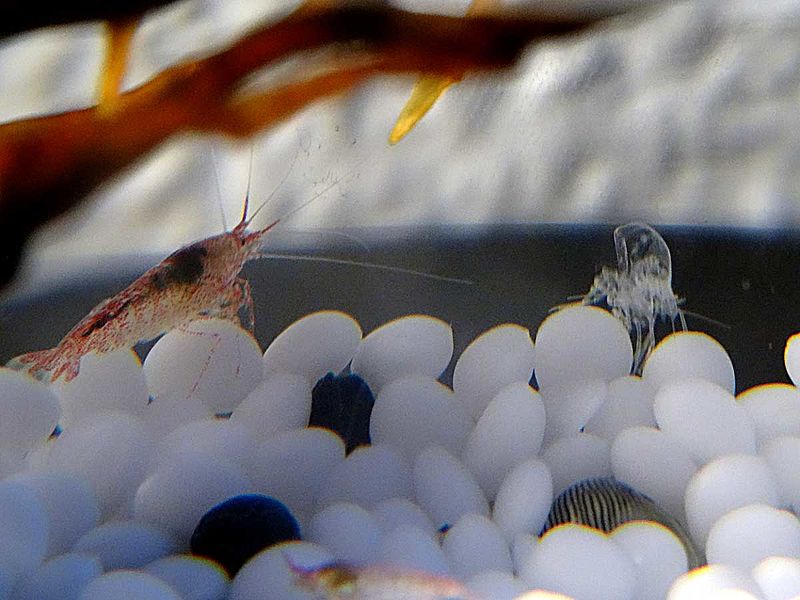
Health and Durability
Hawaiian Volcano Shrimp are exceptionally hardy, but improper care can still lead to issues.
Common Health Concerns
- Overfeeding: Excess food decays and pollutes the water.
- Tap Water Contamination: Chlorine and heavy metals are deadly.
- Extreme Temperature Swings: While tolerant, sudden changes can stress them.
Preventative Care
- Use only distilled or RO water for top-offs.
- Avoid overcleaning—their ecosystem thrives on natural biofilm.
- Monitor salinity if adding new water.
With proper care, these shrimp can live decades, making them one of the longest-lived micro-pets available.
Availability and Cost
Where to Buy
- Specialized breeders (online stores like Aquarium Max).
- Reptile/exotic pet expos (occasionally).
- Not typically sold in chain pet stores.
Pricing
- Shrimp: ~$2–$5 per shrimp (start with 10–15 for a colony).
- Setup Cost: ~$50–$100 (tank, substrate, salt mix, algae starter).
While not as readily available as freshwater shrimp, their low long-term costs make them a worthwhile investment.
Pros and Cons
Pros
✔ Extremely low maintenance.
✔ Long lifespan (15–20 years).
✔ Self-sustaining colony with breeding.
✔ Fascinating to observe.
✔ Affordable setup and upkeep.
Cons
✖ Not commonly found in stores.
✖ Requires initial brackish water setup.
✖ Sensitive to tap water contaminants.
Final Thoughts
Hawaiian Volcano Shrimp are one of the easiest and most rewarding aquatic pets for those who value simplicity. Their hardiness, minimal care needs, and captivating behavior make them ideal for offices, classrooms, or home aquariums.
If you’re looking for a low-effort, long-term pet that’s both beautiful and intriguing, these shrimp are an excellent choice. With a properly set-up tank, they’ll thrive for years with almost no intervention—making them possibly the ultimate “set it and forget it” pet.
Have you kept Hawaiian Volcano Shrimp? Share your experiences below! For more unique pet guides, stay tuned to our blog. 🦐

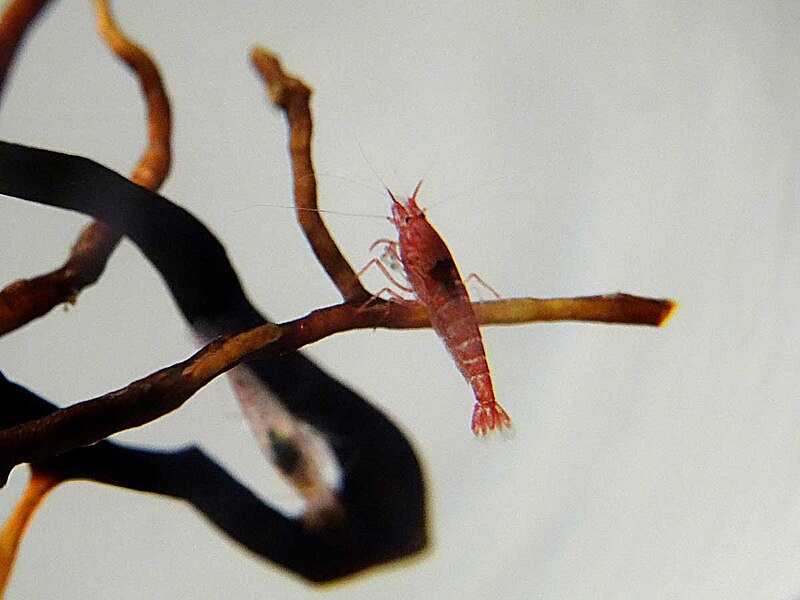

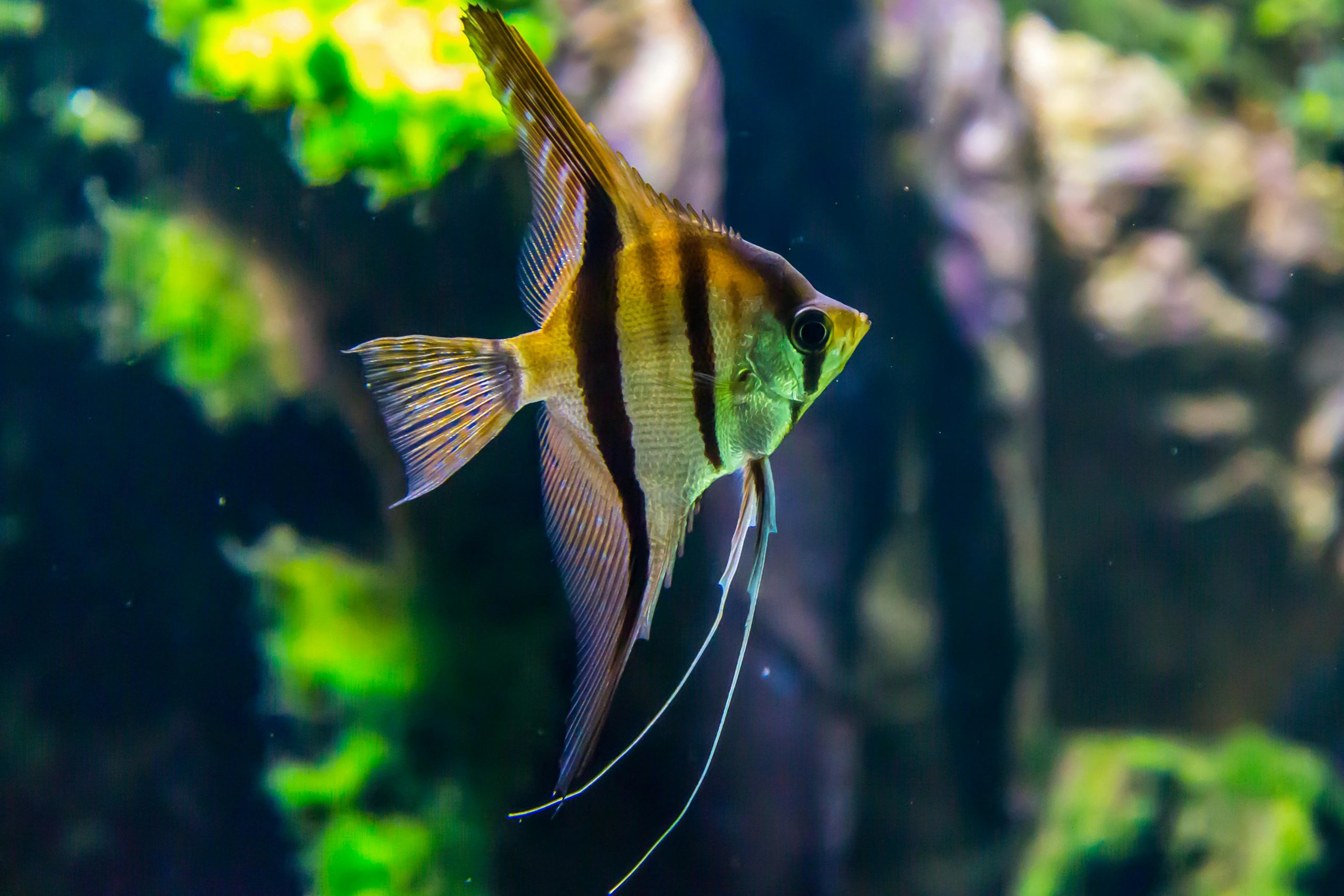
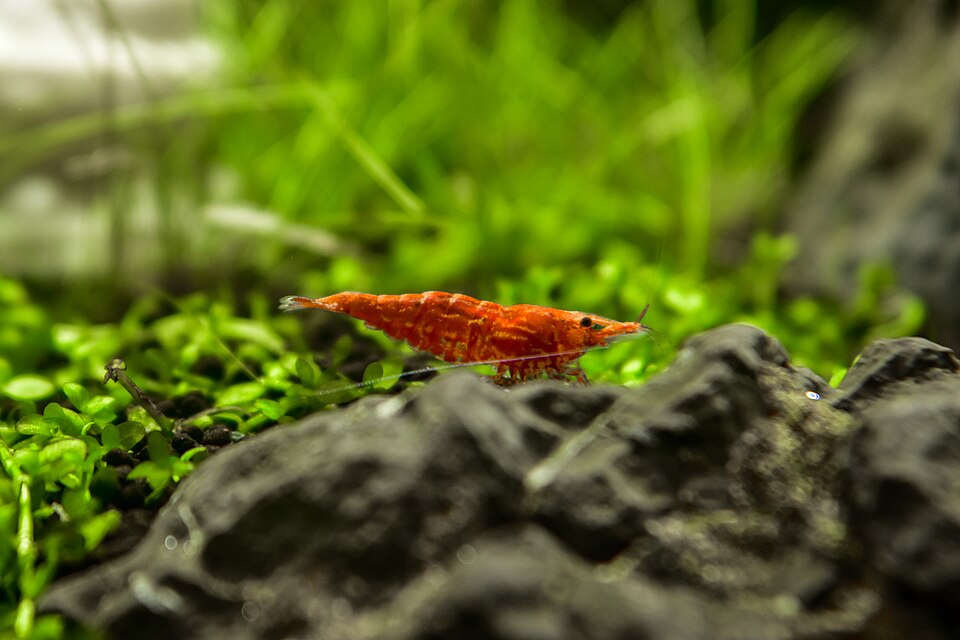

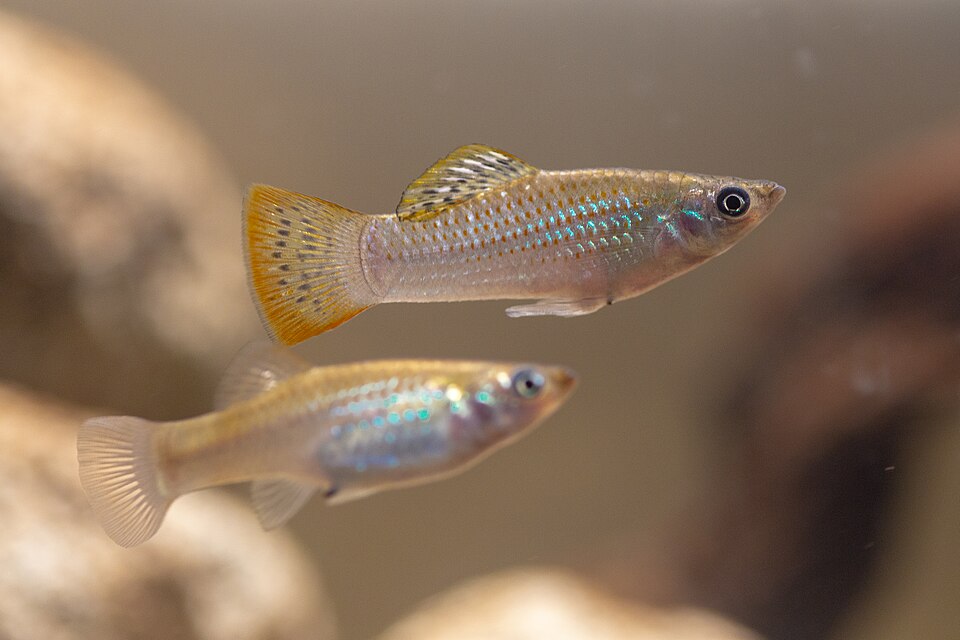
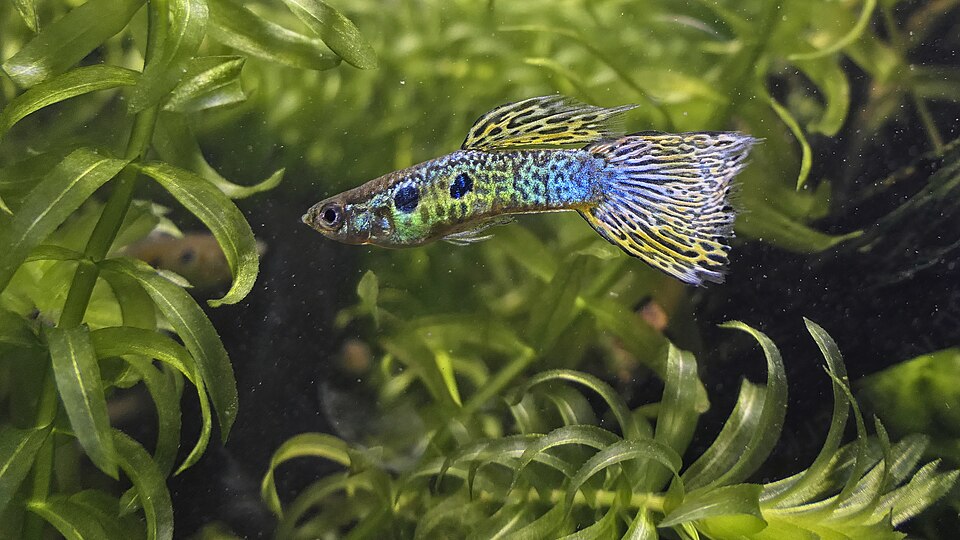
Leave a Reply